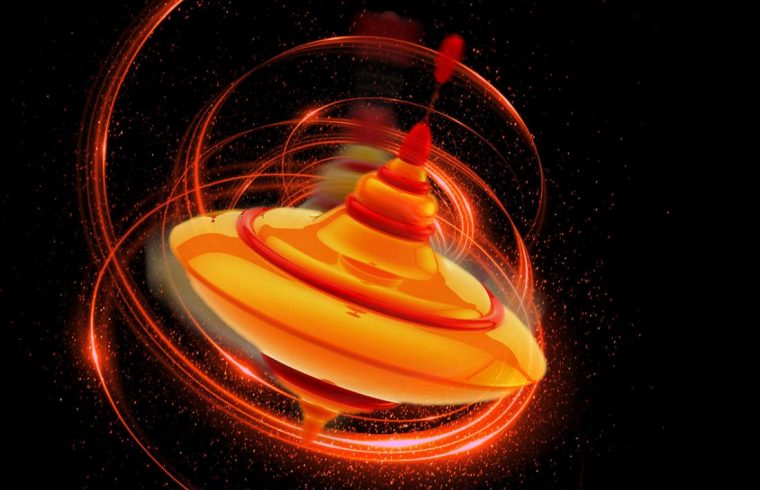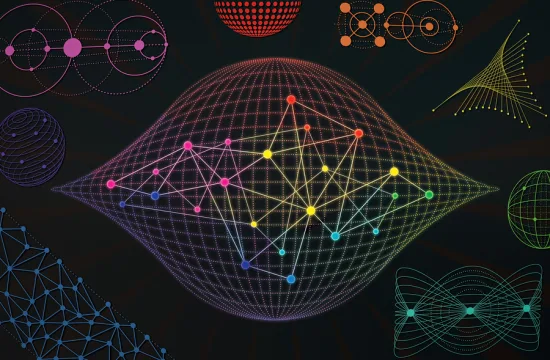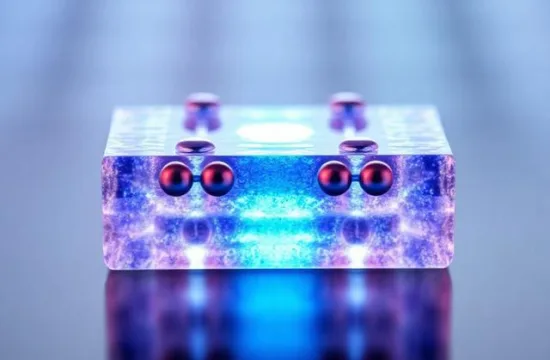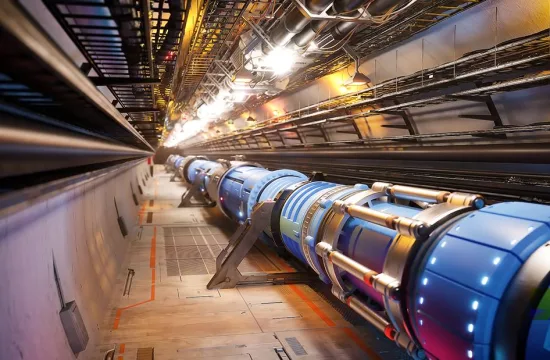Latest research shows Heusler alloys are promising contenders for faster and more energy-efficient computing and memory storage devices.
A category of materials showing great promise in this area is Heusler alloys: materials formed of one or two parts metal X, one part metal Y, and one part metal Z, each coming from a distinct part of the periodic table of elements.
The interesting thing about these alloys is that even though the metals are not magnetic on their own, they become magnetic when combined.
“Spintronic devices using Heusler alloys are expected to replace currently used memory cells and magnetic sensors,” says Atsufumi Hirohata of the University of York, UK, who specializes in spintronics and helped review the major achievements made to-date in Heusler alloy spintronic research for the journal Science and Technology of Advanced Materials.
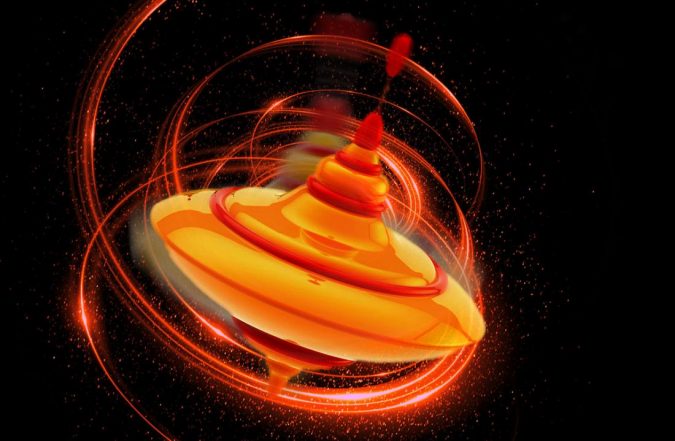
A major advantage of Heusler alloys for spintronic devices is the ability to control their unique electrical and magnetic properties, which result directly from electron spins, by making changes to their crystalline structures. But this requires very high temperatures, which researchers want to reduce for practical device applications.
Over the last few decades, scientists have investigated different ways to grow Heusler alloy films on special substrates with crystal lattices that are similar to the alloy’s.
Matching the two lattices can lead to the development of half-metallicity in the Heusler alloy film, where only electron spins in one orientation are conducted through the material, whereas those spins in another are not. Having such perfectly-aligned spins makes the film an ideal platform to carry information.
Hirohata and his colleagues are currently working with Heusler alloy films to make a metallic magnetic junction. These junctions consist of two ferromagnets separated by a thin insulator. When the insulating layer is thin enough, electrons are able to tunnel from one ferromagnet to the other.
There is low resistance to electron movement as long as the two ferromagnets have parallel alignment, but as soon as it becomes antiparallel via current-induced switching, the junction becomes highly resistant. This forms a magnetic switch, offering a fundamental building block for magnetic recording and memory.
The team hopes to develop metallic magnetic junctions with much larger magnetoresistance than the current record at room temperature, realising next-generation memory with smaller junction size for a sustainable society.
Spintronics, also known as spin electronics, is a field of applied physics that investigates the use of electron spins, instead of their charge, for carrying information in solid-state devices. Spin is related to how an electron rotates around on its own axis at different speeds and angles, like a wobbly top, which in turn influences magnetism.

